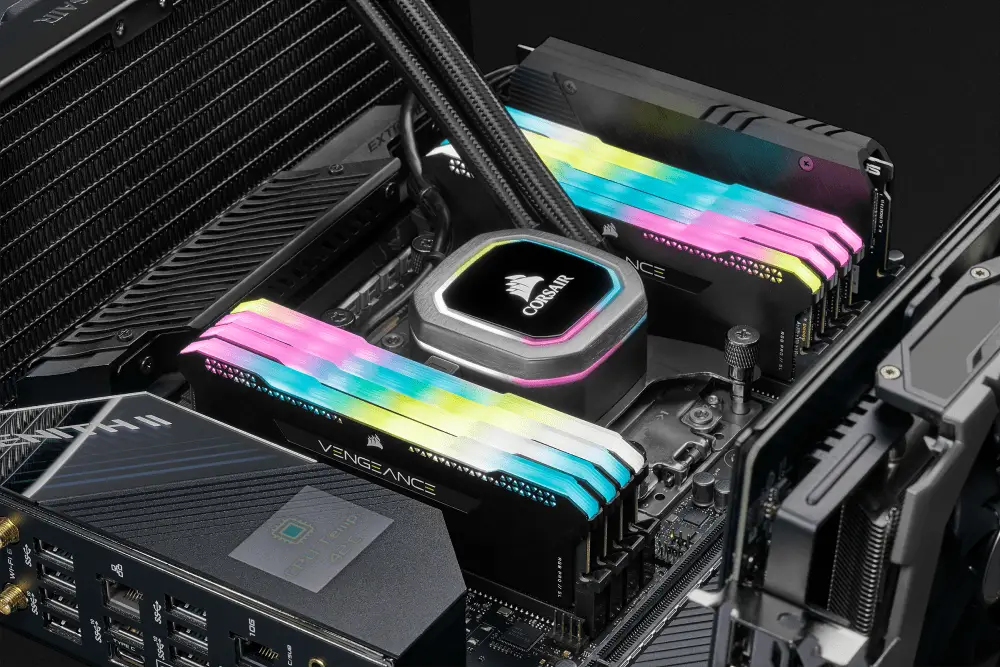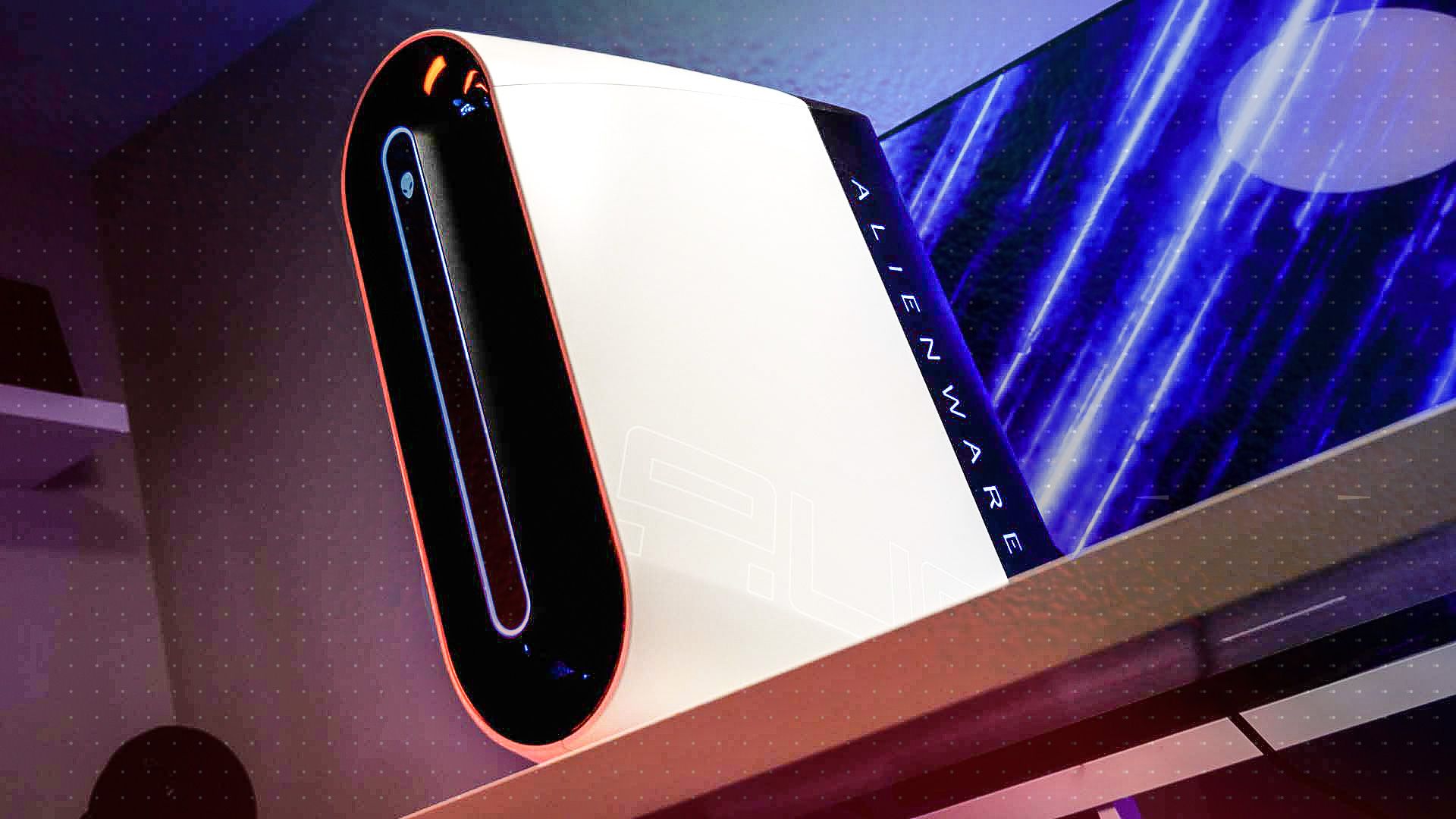As we have been blessed by being professionally involved in the IT sector since the days of Big Iron and the rise of the Personal Computer, we have witnessed many trends over the years. We saw firsthand the rise of SATA, the rise and fall of SCSI, its rebirth as Scsi Attached Storage, the introduction of NAND as a viable storage solution, as well as a whole host of paradigm shifting moments in the industry. One thing all those moments hand in common was none actually took anyone who watches trends closely by surprise… but certainly took a bunch of loud ‘pundits’, ‘prognosticators’ and ‘influencers’ by surprise. For the past few years, basically since NVMe’s inception, these talking heads have been claiming to hear the death knell of SAS. Based on the numerous questions we get asked as consultants… SAS, like God, is Not Dead (yet). It simply has pivoted into a different role. Where once it was the premier performance interface of choice for many… it now is more for specialized roles. Seagate is well aware of this actual trend and for the past while has been creating highly specialized SAS models for highly specific roles. At the top of the Seagate’s SAS solid state drive pyramid is their Nytro 3000-series, and recently they refreshed it to the 3032 series. Today we will be looking at one specific model that some consider to be the redheaded stepchild of the Nytro 303x family: the Nytro 3332. Specifically, the 960GB capacity variant.

Many consider the 333x’s to be the black sheep of the Nytro family as it is a model that stands out in both its asking price and its specs. For example, while the mid-range / mid-priced 3532 boasts random write IOPS of 120K… the 3332 can only offer 70K. Where say a 3732 can offer buyers a whopping ten full drive writes per day… the 3332 is more like a S/MB drive with an endurance rating of only one full drive write per day. Furthermore, the 3332 comes with noticeably less over-provisioning and is sold in 960GB increments all the way to a whopping 15.36TB(!) capacities; whereas the 3732 and 3532 is packaged in increments of 400GB or 800GB respectively and tops out at ‘only’ 3.2TB or 6.4TB(oh the horror). All of which gives many an ultra-conservative enterprise IT architect a nasty eye twitch if they think about it too long. Ironically, further not helping things is the 3332 comes in at a much more reasonable asking price of about $350 (USD) for the 960GB capacity option versus about $450 for the 3532 800GB’er, or $600 for the 800GB Nytro 3732.
This however is all what makes the 3332 so special and a master at highly specific tasks. After all, if you need a SAS solid state drive that is only going to routinely be asked to do reads and you can get fifty percent more capacity for a given budget (or five times the density per drive bay) a 3732 probably is not an optimal fit. Put another way just randomly looking at the paper spec’s of the various Nytro 3K’s and declaring a ‘winner’ makes about as much sense as comparing “Iron” Mike Tyson vs “The White Feather” Carlos Hathcock and saying old mikey boy would have eaten the Gunny’s ears off. The reality is, and is what is going to be a recurring theme of this article, all of the Nytro models are designed to satisfy the needs of specific buyers and are highly optimized for their specific roles. Going outside their intended roles will result in less-than-optimal outcomes. So, it is up to you to pick the right model for the job you need done. Let’s take a closer look at the Nytro 3332 and see if it fits your needs better/worse than you would think.











